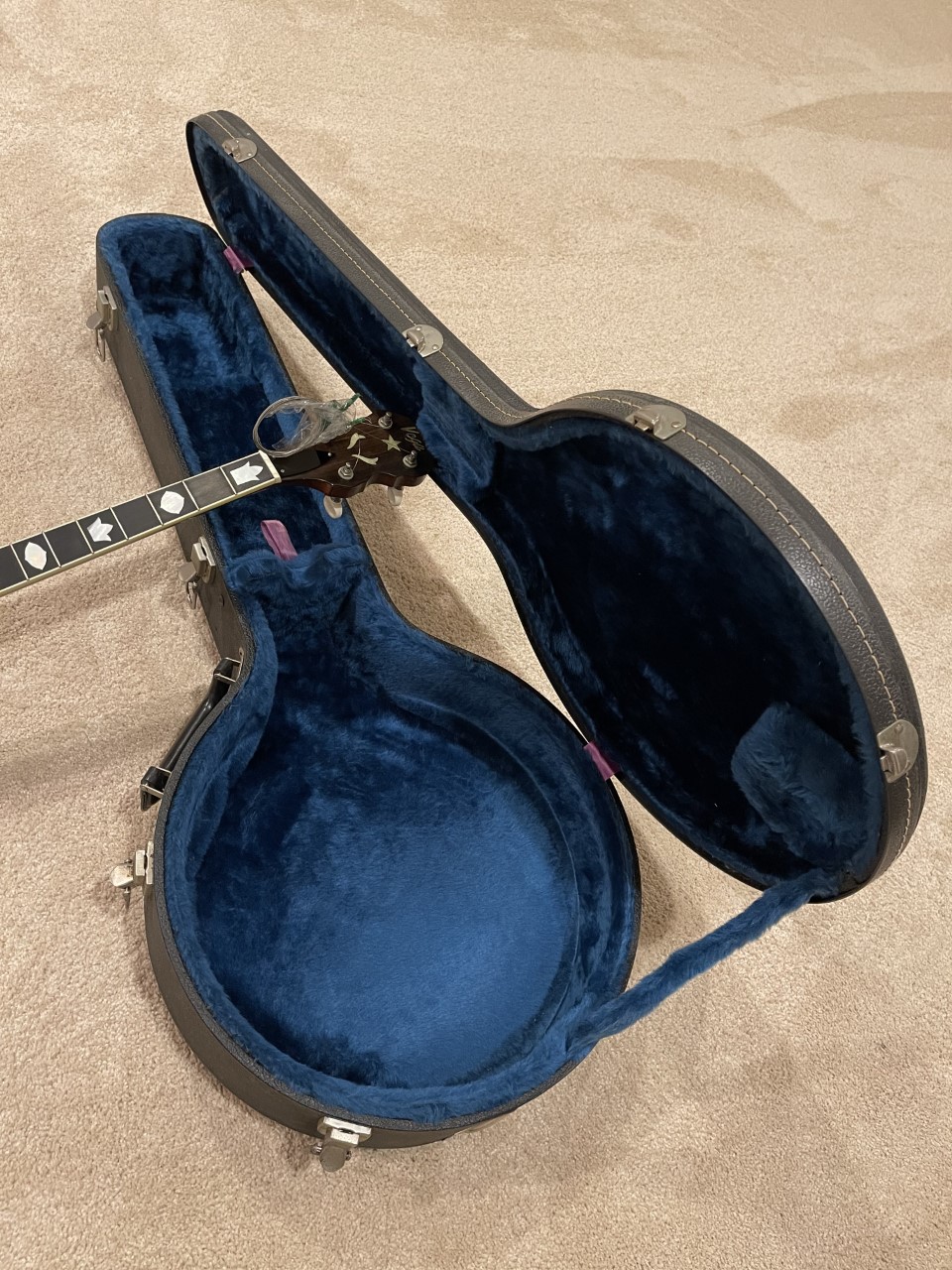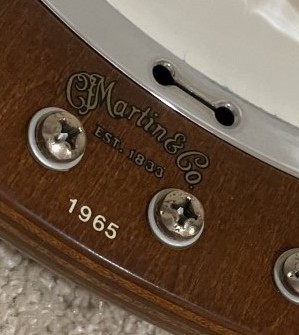S.P. says:
Autumn, 2021I have a Martin Vega Vox I with serial number 1965. Does this place it as the last in the series ending with the Vox V serial number 1969??
This banjo appears to never have been played. Reportedly it had rested in a closet for years ( since 1978??)
Are there valued characteristics in the Vox line ?? Thanks for any information.
BRC replies:
S.P.: My Vega Vox consultant Dr. Ron has been studying the history of your banjo, but we need some photos to clarify its story. Please send me some detailed photos of the instrument inside and out to help determine its features. Thanks from the BRC, Barry
Dr. Ron says:
Sorry it has taken so long to get back to you, as I was trying to do some additional research on this subject. I had some conflicting serial number information in my files on the two Vega Vox V’s. The entire serial number range for all Vega banjos built by C. F. Martin in Nazareth and Canada in the year 1979 was: #1946 to #1969. Despite the fact that there were more Vega Vox V shop orders on the list in the post 1977 strike period, the only following Vega Vox-Ultra V models (all plectrums) were completed: #1800; 1946; 1947; 1950; and 1964. Two additional Vega Vox V’s were never completed (#1949 and #1951).The very last of the Martin-Vega banjos (#1969) from Nazareth/Canada was also a Vega Vox (thus ending a 52-year production run of that model).
So, this Vega Vox I is most likely correct and all original as #1965. It looks in great shape other than the peghead blemishes (hopefully, the original tailpiece is intact and not cracked). Even the case was standard Martin issue at the time.

After 1979, Martin-Vega models (Tubaphone #7 replicas, not Voxes) were made in Asia, until Galaxy Trading of S. Korea took over the brand. Galaxy resurrected the Vega Vox I model briefly before going into bankruptcy shortly thereafter, but these are distinctively different in using rounded flange holes, non-standard Vega fingerboard inlays, and a primitive Tubaphone tone ring with 5 or 6 large holes (not the original 30 hole, slotted or dog-bone/barbell design as seen in the top photo).
Hope this helps, and all the best to you, Dr. Ron
S.P. replies:
Thank you very much, Barry! More than I had hoped! Please thank Dr. Ron, too. Cheers!


No Comments